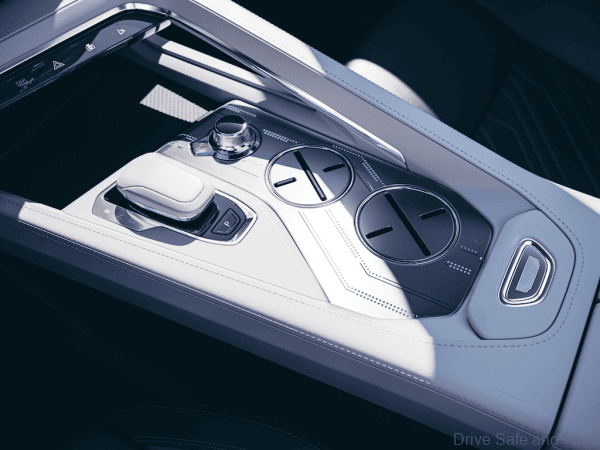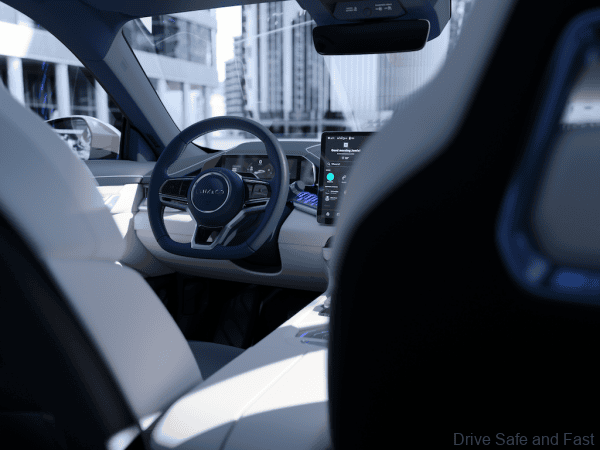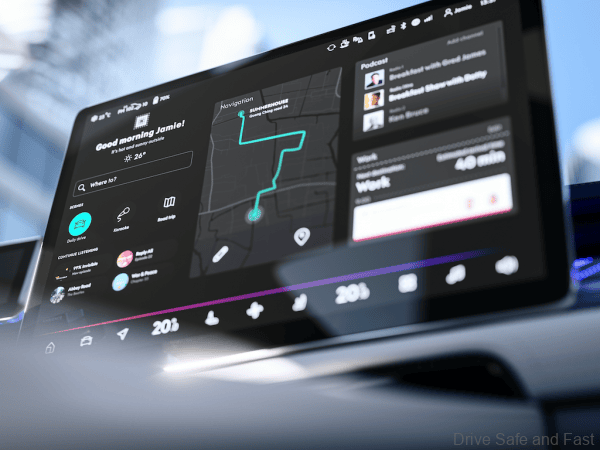This is the next biggest electric car brand.
Geely’s homegrown low emissions car brand, Lynk & Co has a new family car coming, called the Zero. Lynk & Co is a Chinese-Swedish automobile brand owned by Zhejiang Geely Holding Group. Founded in 2016, its cars will be positioned between those of the Geely brand and Swedish brand Volvo, which was purchased by Geely in 2010. The focus of the brand is on internet connectivity and innovative purchasing models in certain markets, targeting the young professional demographic.




SEA Explained
To date Lynk & Co has delivered more than 400,000 vehicles to customers and it is growing fast. Now comes a full battery powered vehicle called the Zero. This is a luxury pure electric vehicle that will be based on Geely Holding’s Sustainable Experience Architecture (SEA), a pure electric architecture that will be used as the basis for all new electric vehicles within the Geely Holding Group portfolio. In addition, the SEA architecture aims to be the world’s first open source architecture that will be shared with other third-party vehicle manufacturers for their own electric vehicle development.

Press Release
Power Source. Ever since its conception more than a hundred years ago, the battery has provided an instant, mobile source of energy. While they offer many benefits, one of their shortfalls is how it is affected in extreme temperatures, both hot and cold.
The optimal temperature at which a battery performs is between 15 and 39° C. This means that in environments of extreme weather, electric vehicles will suffer from losses in performance as nature takes its toll on the energy in storage. This most often takes the form of severely-reduced mileage, and therefore more frequent trips to charging stations.
To add to this, unlike ICE (Internal Combustion Engine) vehicles that can use waste heat produced by the engine to warm up the cabin’s occupants, in an EV this responsibility falls solely on the batteries – heat has to be created from nothing to both heat necessary vehicle components (like the batteries themselves) and occupants, all while fighting the bitter cold outside the car.
Much like in northern China, where temperatures regularly reach -25° C, people living in colder climates are often deterred from purchasing EVs because of ways in which they suffer when faced with the cold. However, the team behind the Lynk & Co ZERO have come up with the tech that not only makes the ZERO able to operate in below-zero weather, but can surpass ICE vehicles in terms of efficiency.
Rapid development is par for the course with the ZERO – just four weeks after the concept was unveiled at the Beijing Auto Show at the end of September 2020, the body-in-white was revealed to the public. Another month later, the car began track testing at a location in China. As we enter the harshest cold of winter, and just over four months since the concept reveal, the team has decided to take advantage of the conditions to test the heat management system.





The ZERO track testing in December
The system, which utilizes a combination of direct heat pump and unique thermal control system, represents a new generation of thermal management that is both energy-saving and efficient – the perfect solution to cold winter’s day and the key to keeping EVs competitive regardless of weather.

How does it work?
At present, only a handful of EVs use a heat pump as part of their heating system. The process can be likened to that of a refrigerator unit, where only a small amount of energy is lost during heat evaporation and absorption, with heat brought in from the machine’s exterior.
The strength of a heat pump comes from the way it moves heat. It can move heat from a low working temperature (i.e. the exterior of the car in cold weather) and pump it to a high working temperature in the battery compartment, while using minimal additional energy to heat the passenger compartment. During the process, electricity is only used for the redirection of heat from one part of the system to the next.
The system, which incorporates the use of PTC (Positive Temperature Coefficient) heaters combined with a direct heat pump is two to three times more efficient than a system that uses only PTC technology. This means an overall range increase of over 80 kilometres and vastly improved cabin heating times – producing air with a temperature of up to 55°C in just two minutes.
The future of EV thermal management
In contrast to traditional ICEs, the Lynk & Co ZERO can effectively use additional heat created by the electric drive system to warm the battery compartment, taking air from the exterior at -30°C to 20°C at the battery compartment. This further increases the vehicle’s range by 10-20 kilometres in colder climates. An accurate SoC (state of Charge) figure of the cars remaining mileage can be constantly provided and updated.
When starting the car in extreme cold, semiconductor heating technology increases preheating efficiency by 50% – this makes a huge difference in below-zero weather when getting warmed up is of the utmost importance.
In addition to the heat management system, the ZERO aspires to be the leader in all areas of EV performance and creating technology that allows EVs to withstand colder climates was a challenge the team were more than willing to accept. With the resources of Geely Group behind it and the Group’s SEA architecture beneath, the Lynk & Co ZERO will not be deterred by a little cold.